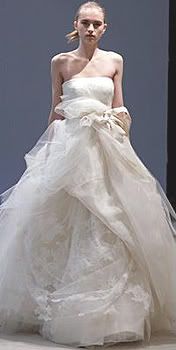For "Coco and Igor" Nichoals Roerich's 1913 set design for:
Part I: Adoration of the Earth, from
The Rite of Spring[Image downloaded for Wikipedia's entry on
The Rite of Spring]
True to the spirit of the avant-garde, a period when Coco Chanel and Igor Stravinsky made their creations, the film
Coco Chanel and Igor Stravinsky is an intricate kaleidoscope of the arts (which I briefly write about
here), including music. The soundtrack to the film includes: Stravinsky's orchestral
The Rite of Spring for the ballet choreographed by the dancer Vaslav Nijinksy; two piano pieces by Stravinsky; and eleven pieces by contemporary composer
Gabriel Yared, who has also written soundtracks for films such as
The English Patient and
The Talented Mr. Ripley.
Here is the Wikipedia entry on Yared, and
here is his own website with samples of his music. Some more music samples from
Coco Chanel and Igor Stravinsky can be found at
Amazon.com.
Yared's pieces on the CD (with the same name) total eleven, with enigmatic titles like "La Lettre" and "Parfums du Passé" (tracks 21 and 24). His piano pieces uncannily resemble Stravinsky's "5 Easy pieces" and "Les 5 Doigts" (which are also on the CD), so I will take the liberty to conclude that they influenced Yared's compositions.
All the pieces by Yared are short and evocative (as one of Yared's compositions is titled). They are lovely. And the CD is also worth its price for Stravinsky's
The Rite of Spring.












